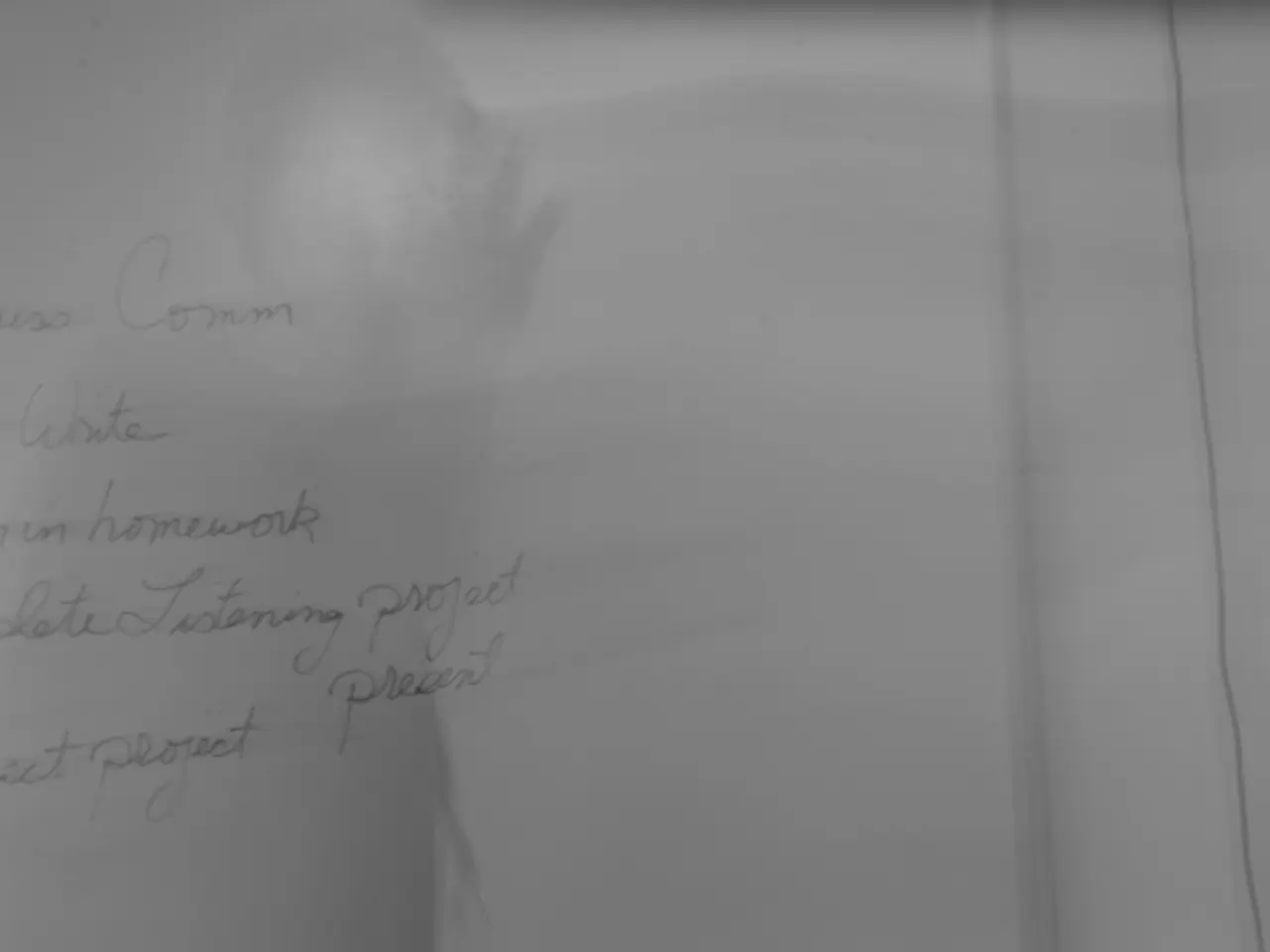Bolivia Faces Potential Financial Collapse: Here's What President Arce Might Do
Bolivia's President Arce issues financial crisis alert, introducing the prospect of national insolvency. - Bolivian President Issues Alarm Over Imminent National Bankruptcy
Bolivia is staring down the barrel of a potential state bankruptcy, with an external debt of $13.3 billion, accounting for about 37% of its Gross National Income. The major creditors are the Inter-American Development Bank, the Development Bank of Latin America (CAF), the World Bank, and China. President Arce, who's been in power since 2020, has warned that the country is making the worst deals as a nation, as new loans aren't sufficient to cover old debts.
So far, Arce hasn't been successful in convincing the Bolivian parliament to secure $1.8 billion from international institutions. By December, the country will need around $2.6 billion for fuel imports and outstanding debt payments. The country is grappling with a severe shortage of foreign currency, fuel, and basic foodstuffs, and inflation hit a staggering 18.4% in May - the highest in nearly 20 years. The Bolivian currency is also depreciating.
Potential Approaches for Bolivia's Financial Crisis
Bolivia might opt for a variety of strategies to tackle its financial woes, drawing inspiration from successful methods used in similar situations across South America and beyond. Here's what President Arce could consider:
1. Debt Restructuring and Reworking
Renegotiating debt terms with creditors could help extend maturities, lower interest rates, or secure debt relief. This strategy is common among nations struggling with debt burdens that make repayment impossible. International financial institutions, such as the IMF or regional development banks, could offer the necessary technical and financial support for debt restructuring and reform implementation.
2. Financial Consolidation and Economic Reforms
Implementing austerity measures like cutting public spending and increasing revenues through tax reforms could reduce the fiscal deficit and improve debt sustainability. Improving productivity and economic diversification could help reduce reliance on volatile commodities exports, boost revenue, and support growth.
3. International Aid and Loans
Bolivia could negotiate for new loan programs or financial aid packages from international lenders like the IMF, World Bank, or regional financial institutions. Countries like Argentina have secured multi-billion-dollar loan packages from the IMF to stabilize their economies recently [3]. However, these external aids usually come with policy conditionalities focusing on structural reforms.
4. Macroeconomic Stability Policies
Adopting monetary and exchange rate policies that curb inflation and stabilize currency can boost investor confidence, reduce capital flight, and support a more stable economic environment. Aligning interest rate policies and controlling inflationary pressures contribute to a stable economic landscape.
5. Boosting Investor Confidence and Market Access
Reforms aimed at improving governance, transparency, and reducing political uncertainty could help regain investor confidence and attract foreign investment. A stable business environment and access to international capital markets on favorable terms are essential for recovering the economy.
6. Regional Cooperation and Trade Facilitation
Boosting economic integration and trade relationships with neighboring countries could help diversify economic opportunities and improve growth prospects.
Bolivia's path to navigating its crisis may involve a combination of debt restructuring, fiscal reform, international support, and macroeconomic management. While specific details on President Arce's plans were not found, these recommendations mirror the usual approaches seen in sovereign financial distress cases within South America and globally.
In light of Bolivia's potential financial collapse, President Arce may choose to restructure and rework debt terms with creditors to extend maturities, lower interest rates, or secure debt relief, drawing inspiration from other nations' successful debt management strategies. Simultaneously, implementing austerity measures, such as cutting public spending and increasing revenues through tax reforms, could help reduce the fiscal deficit and improve debt sustainability. Additionally, President Arce might seek financial aid and loan packages from international institutions like the IMF, World Bank, or regional financial institutions, although these external aids often come with policy conditionalities focusing on structural reforms. other strategic approaches could include adopting macroeconomic stability policies, boosting investor confidence and market access, Regional Cooperation, and Trade Facilitation to diversify economic opportunities and boost growth prospects.




